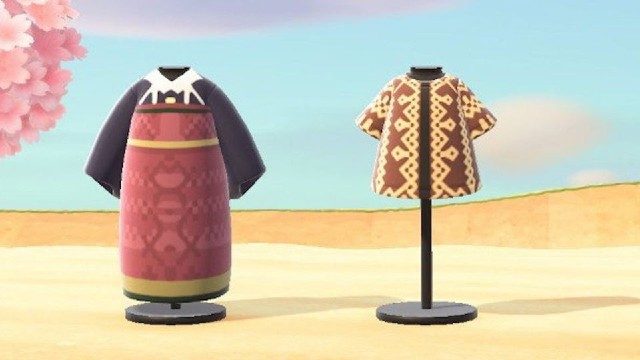SUMMARY
This is AI generated summarization, which may have errors. For context, always refer to the full article.

MANILA, Philippines – It’s a social simulation video game that’s taken Switch users – especially those under lockdown and in isolation – by storm. If you’re a fan who’s itching for a more Filipino flair to gameplay, the Ayala Museum has you covered.
The Makati-based museum announced on Wednesday, April 8, outfit codes from their own textile collection. The museum said it’s a chance for players to customize gameplay while also learning about Philippine textile.
The designs available, along with their general descriptions follow:
Shirt from the Bagobo. “Among Bagobo men, only elite warriors, the magani can wear this kind of tie-dyed shirt and trouser set, called tinangkulo. It is said that a darker shade of red corresponds to the number of enemies a warrior has defeated.”
Yakan skirt. “The skirt is usually worn with a long-sleeve, dark colored top so we included it in the design. This design is taken from an inalaman, a special skirt worn by Yakan women over their pants. These skirts are very rare because it takes a long time to make them. The Yakan of Basilan and Zamboanga are one of few indigenous groups whose traditional attire include pants for women.”
Maguindanao tubular garment (inaul) and a Bugkalot top and skirt. “The Maguindanao have a large variety of types of tubular garments they call inaul. Similar to the Maranao malong, it can be used by men and women. While some designs are reserved only for royalty, the most common ones include checkers and plaid. You can make this plaid malong using the basic tile custom design in the game. Up next is this shirt and skirt combo! Bugkalot women wore these bright red blouses and dark blue skirts until the 1980s. As a personal touch, they would decorate them with embroidered floral designs and hanging shell beads.”
If you want to dive further into the Philippines’ rich history and collection of textiles, you may check their website. – Rappler.com
Add a comment
How does this make you feel?
There are no comments yet. Add your comment to start the conversation.